Up Next

The battle for victory in Formula 1 may have been one-sided so far this season, but at the other end of the grid there’s been what one senior engineer describes as a “very volatile battle” as the advantage has swung between a group of five teams.
With Red Bull, Mercedes, Aston Martin and Ferrari at the front and Alpine now established as a lonely fifth-best, there’s a group of five cars behind so far locked in a tight battle.
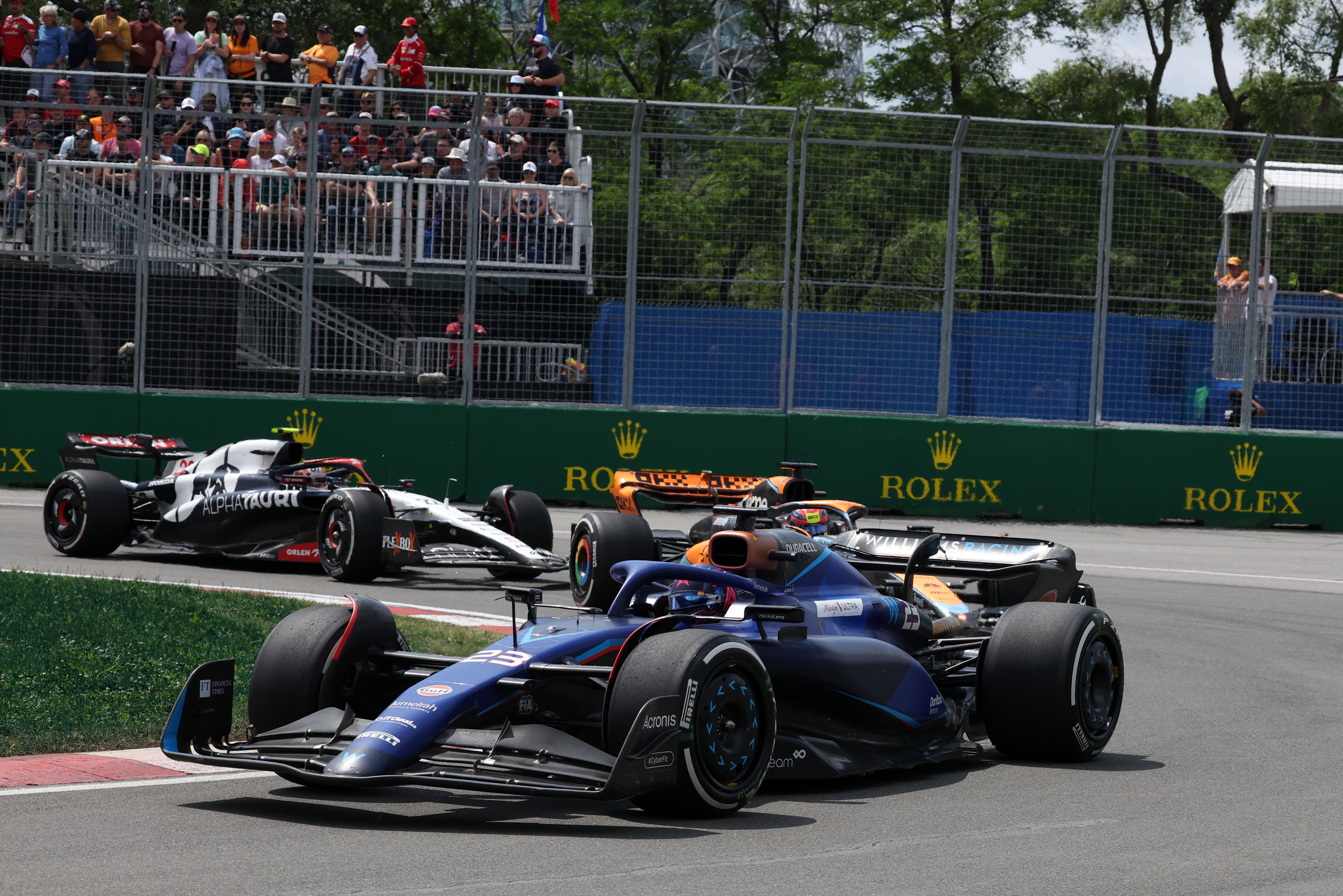
McLaren, Alfa Romeo, Haas, Williams and AlphaTauri have all had headed this group at one time or another either after qualifying or in terms of race classification. McLaren has done so most frequently in terms of race results, ending up as the best-placed three times, while Haas has been the lead car three times in qualifying.
“There is a group that is very volatile and from run to run in free practice or from session to session, you can be in any position,” said Alfa Romeo’s Xevi Pujolar. “That puts pressure on us, but it’s pressure one everyone in the group.”
McLAREN – 17 points
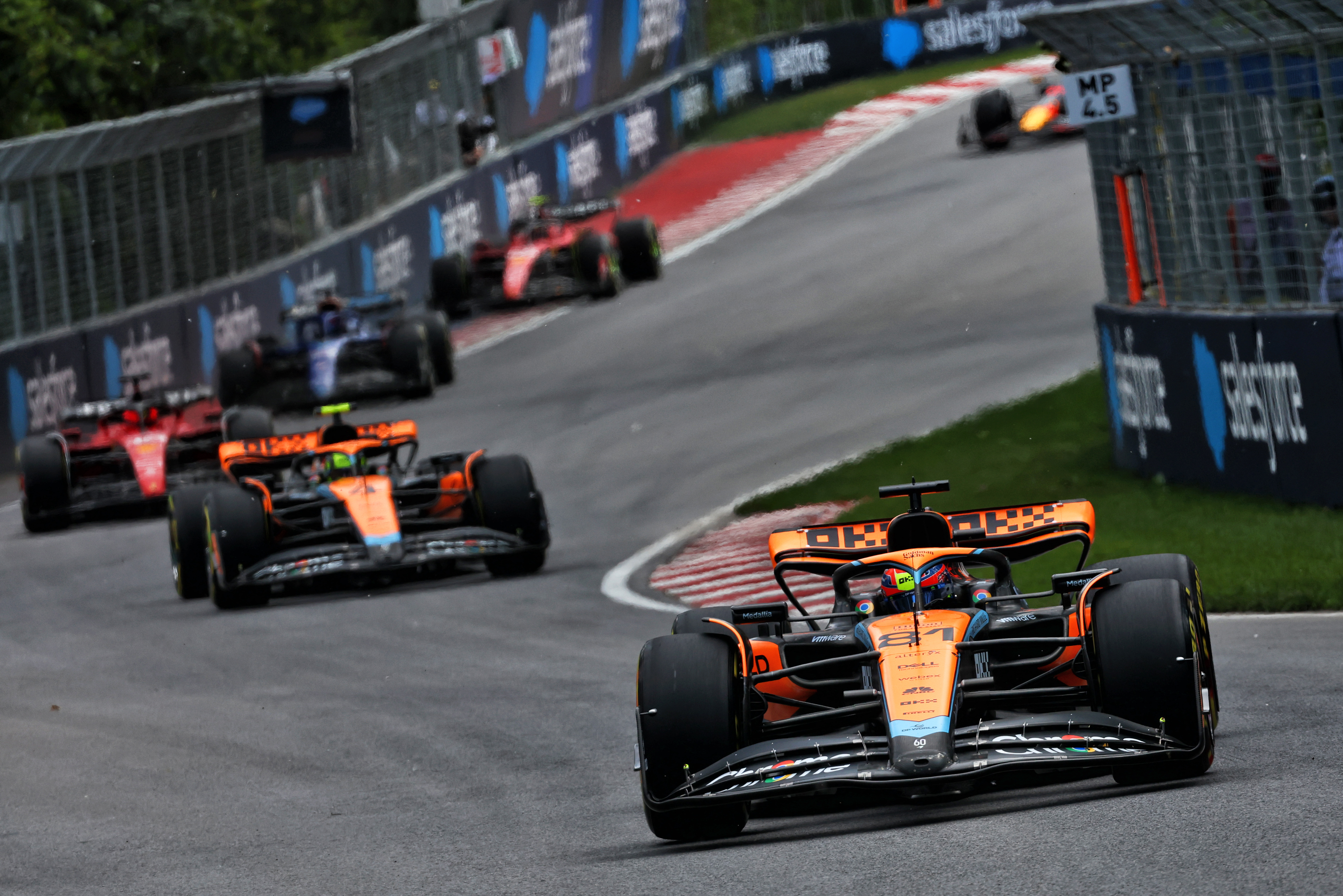
Pace so far
McLaren has fluctuated between being the third- and ninth-fastest car across the season, although it was flattered by conditions in Spanish Grand Prix qualifying. That means realistically it has bounced around between fifth and the back.
That car is at its best on fresh rubber that masks its limitations, but proves more troublesome over race stints and still remains tricky to drive, particularly in longer corners. This means that while there have been some high points, notably sixth in Australia, there have been more lows – the most painful of which was in Miami.
Race execution
While there have been too many races where McLaren has gone backwards, this is generally a function of race pace.
There have been a few mishaps, such as Oscar Piastri’s first-corner contretemps with Pierre Gasly that ruined both McLarens’ races, and Lando Norris clipping Lewis Hamilton’s Mercedes at Turn 2 in Spain, but generally McLaren executes the races reasonably well.
Driver performance
The combination of Norris and Piastri is a strong one for McLaren. While Norris has been more error-prone than usual, he has remained quick while Piastri has settled impressively into grand prix racing and, at his best, pushed his team-mate.
Upgrade plans
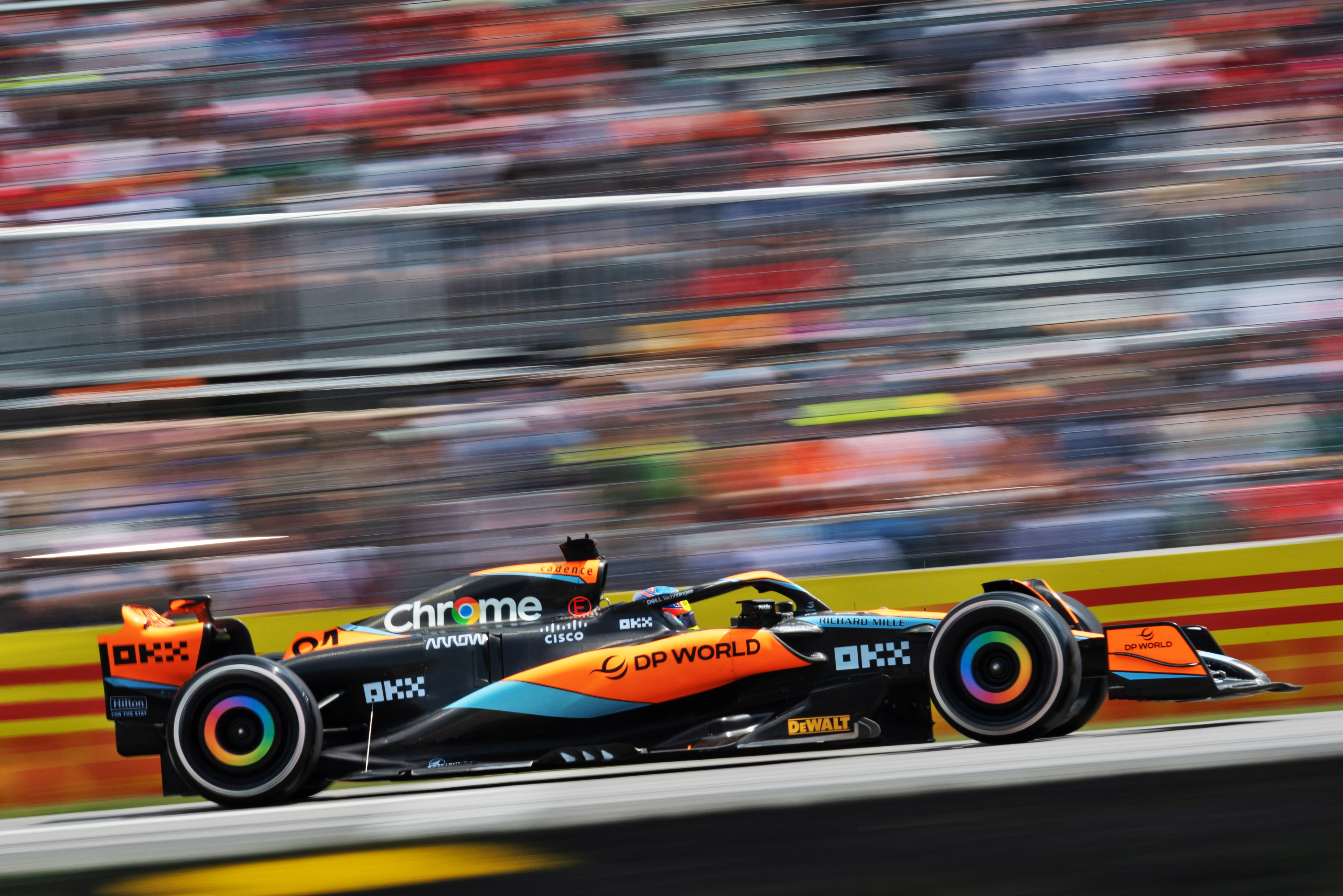
McLaren is phasing in a major upgrade package it previously characterised as being close to a B-spec starting in Austria.
It promises this will make a visible difference to the car and, if the team’s confidence is well-placed, should draw it away from the battle at the bottom and on a trajectory that it is hoped could still make it an Alpine-beater or better.
Half of the upgrade package will appear in Austria, with the remaining changes split across the following two races.
Verdict
McLaren should pull clear of this group with the gains from its upcoming upgrade.
ALFA ROMEO – 9 points
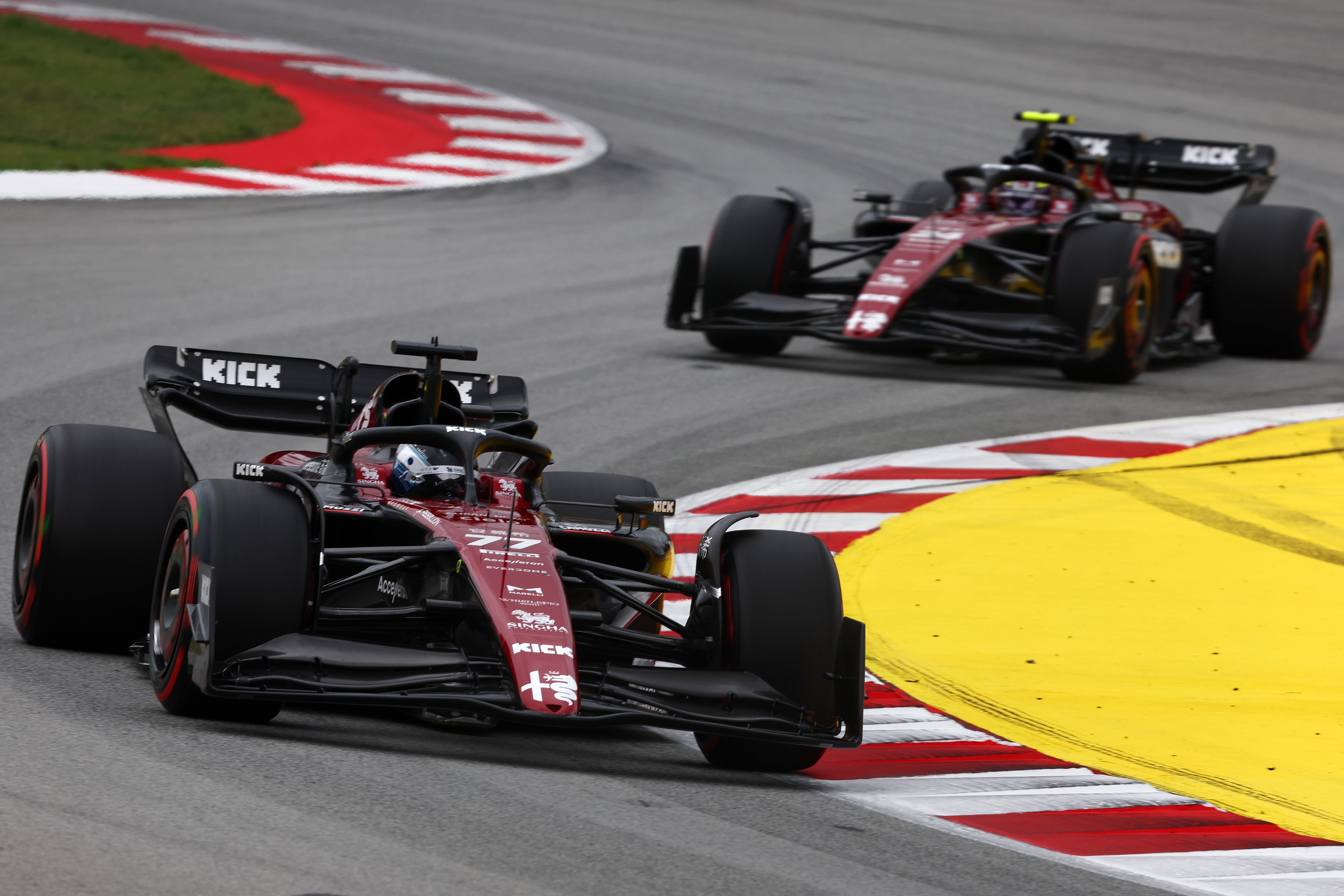
Pace so far
The Sauber-run Alfa Romeo team is best described as ‘very Q2’ based on its performances so far. It doesn’t do anything particularly well or particularly badly, making it a solid enough performer but rarely a winning car in a game of ‘top trumps’.
But the car has scored four times in eight grands prix, including in the previous two races after a major upgrade package was introduced in Monaco.
Race execution
This hasn’t been a strength for Sauber in recent times, but by and large this season has gone reasonably well. This was showcased with Zhou Guanyu’s ninth place in Spain and Valtteri Bottas’s 10th place in Canada, with the strategy well-executed in both events.
Driver performance

Bottas has been a little erratic, although he’s also had more than his fair share of bad luck. Zhou is consistent and showing good pace, with his Spanish GP weekend the most impressive of his career. This gives Alfa Romeo one of the more balanced line-ups of this group.
Upgrade plans
The Alfa Romeo is generally well-balanced across a range of corner speeds so adding downforce while ideally improving aerodynamic efficiency is the target. However, it might require the opportunity presented by the 2024 car, rather than in-season development, to make big gains in turns of cutting drag.
Verdict
Perhaps the most consistent in this group, but needs perfect execution to take points.
HAAS – 8 points
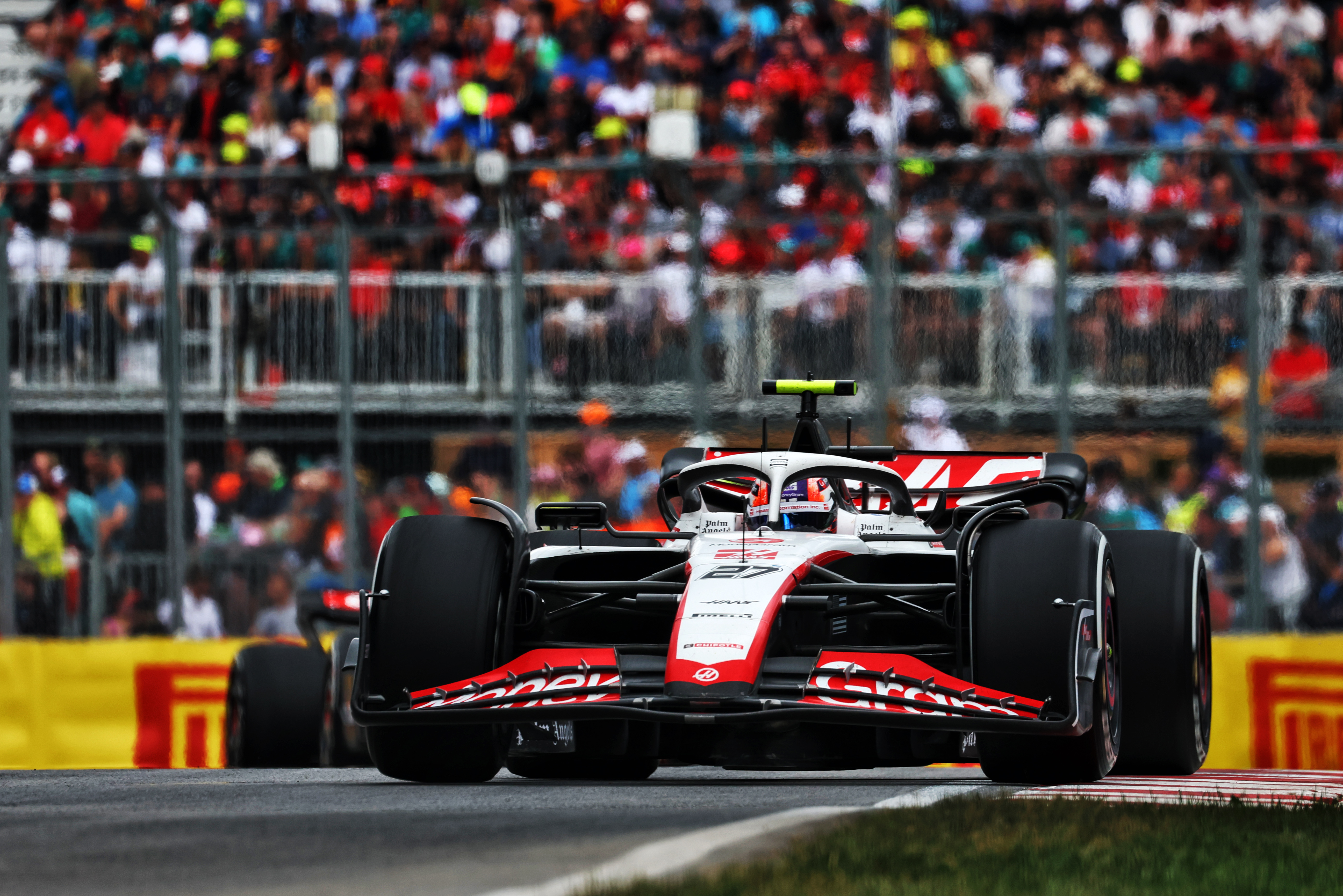
Pace so far
Sheer speed is not a big problem for Haas, which has led this group in qualifying three times. Unfortunately, the car is hard on its tyres – a characteristic it shares with technical partner Ferrari – meaning that too often it fades in races. In both Spain and Canada, Nico Hulkenberg ran in the top 10 before slipping back to 15th.
Race execution
On paper, Haas’s race execution looks poor given it often doesn’t convert a good qualifying position into a result. But that’s largely a function of the way the car abuses its tyres, which leads to compromised strategies and occasionally gambles to try and gain time.
Driver performance
Hulkenberg’s full-time F1 comeback has been hugely successful and he’s more often been the more effective Haas driver, although in keeping with his F1 career Kevin Magnussen has also pitched in with some strong performances.
Upgrade plans
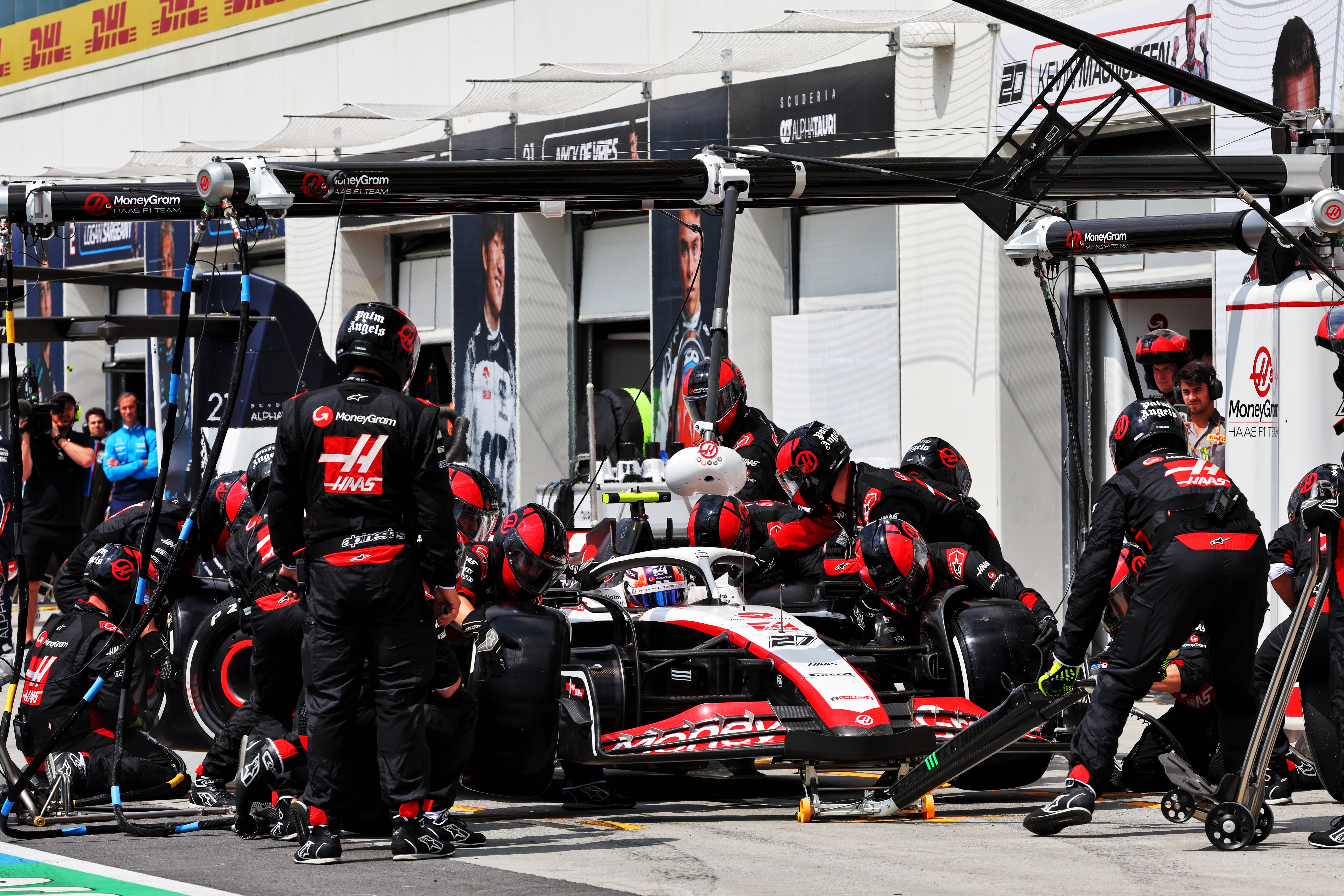
Haas, as always, has been cautious with its upgrades but has introduced several floor improvements. The plan is to bring more development parts on a ‘little and often’ basis rather than focusing on a single package as it did last year.
Verdict
The wildcard in the pack, with the car pace for some good results but tyre troubles a big hindrance.
WILLIAMS – 7 points
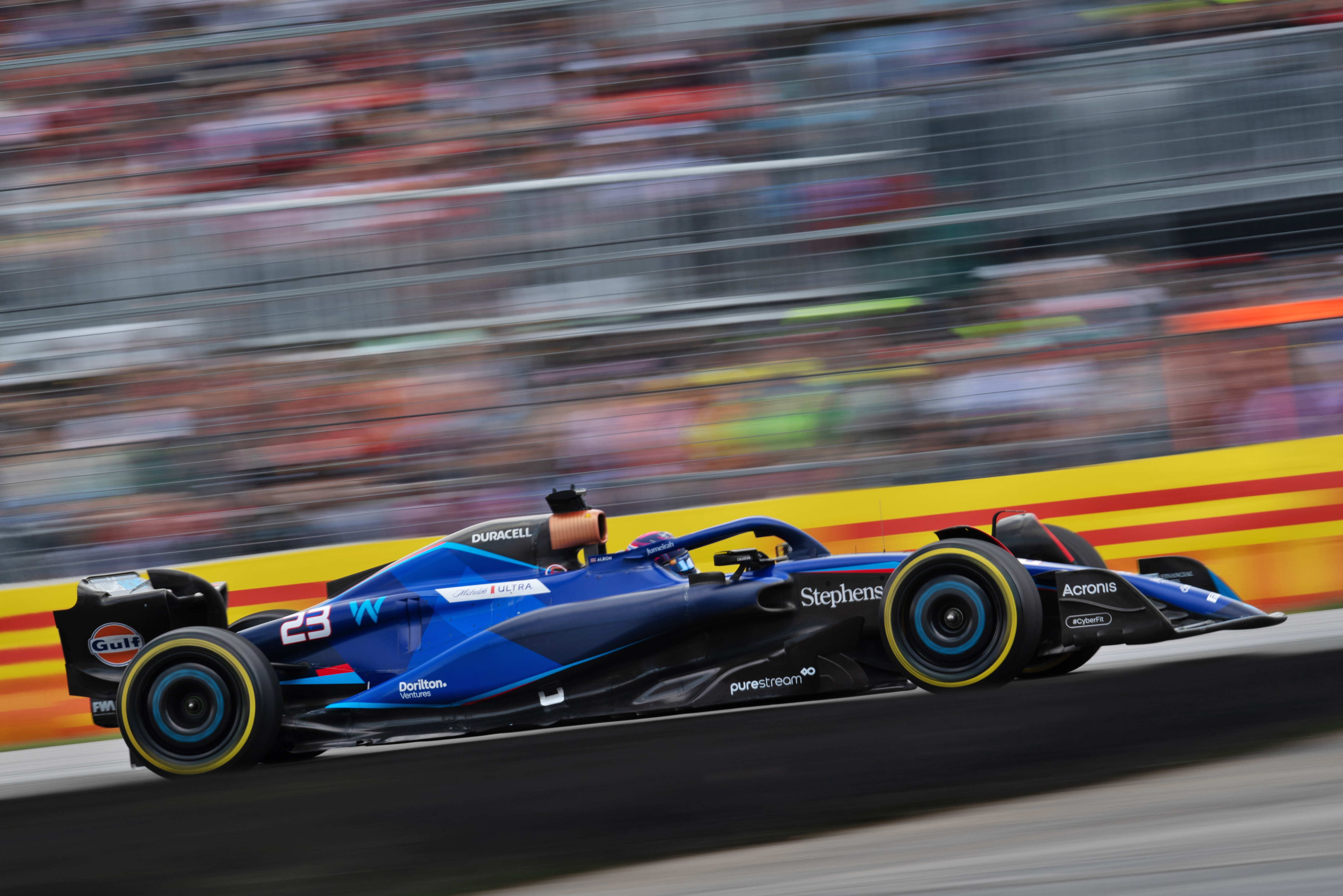
Pace so far
On average, the Williams has been the slowest car in F1 with a car eliminated in Q1 nine times. However, it’s also shown a good turn of speed in particular on the less downforce-dependent tracks.
Its strongest weekends were Australia, where Alex Albon crashed out of sixth place early on, and Canada where he topped Q2, started ninth and finish seventh following the biggest car upgrade of the season.
Race execution
With the exception of Albon’s Australia misdemeanour, Williams has generally made the most of the opportunities presented in races. It has also shown a willingness to opt for more risky strategies – such as the one-stopper in Canada – which can be reliably delivered by Albon.
Driver performance
Albon has, Australia shunt aside, performed well this season and led the line for Williams very effectively.

His performance under pressure in Canada was exceptional, while he’s also produced some impressive lower-profile qualifying and race performances when the Williams hasn’t been a top-10 threat that have gone under the radar.
On the other side of the garage, rookie team-mate Logan Sargeant has shown genuine flashes of pace but has yet to piece together a ‘complete’ weekend.
Upgrade plans
Williams has another development package in the works for the British Grand Prix. But it will also gain in Austria as Sargeant will have the upgrades Albon benefitted from in Canada.
Silverstone is expected to be its last major package, although there should be further smaller developments later in the year.
Verdict
Must make the most of tracks where the car goes well if it’s to stay off the bottom.
ALPHATAURI – 2 points

Pace so far
The AlphaTauri AT04 is the ninth-fastest car on average and has shown a decent turn of speed at times, notably heading this group in qualifying in Azerbaijan and Monaco. It started the season with a big weakness in the slower corners, which has been improved by floor upgrades in Australia and Monaco.
Race execution
This has been a mixed bag for AlphaTauri, exemplified by Yuki Tsunoda finishing ninth on-the-road in Spain – best of this group – but dropping out of the points thanks to a penalty for forcing Zhou Guanyu off track.
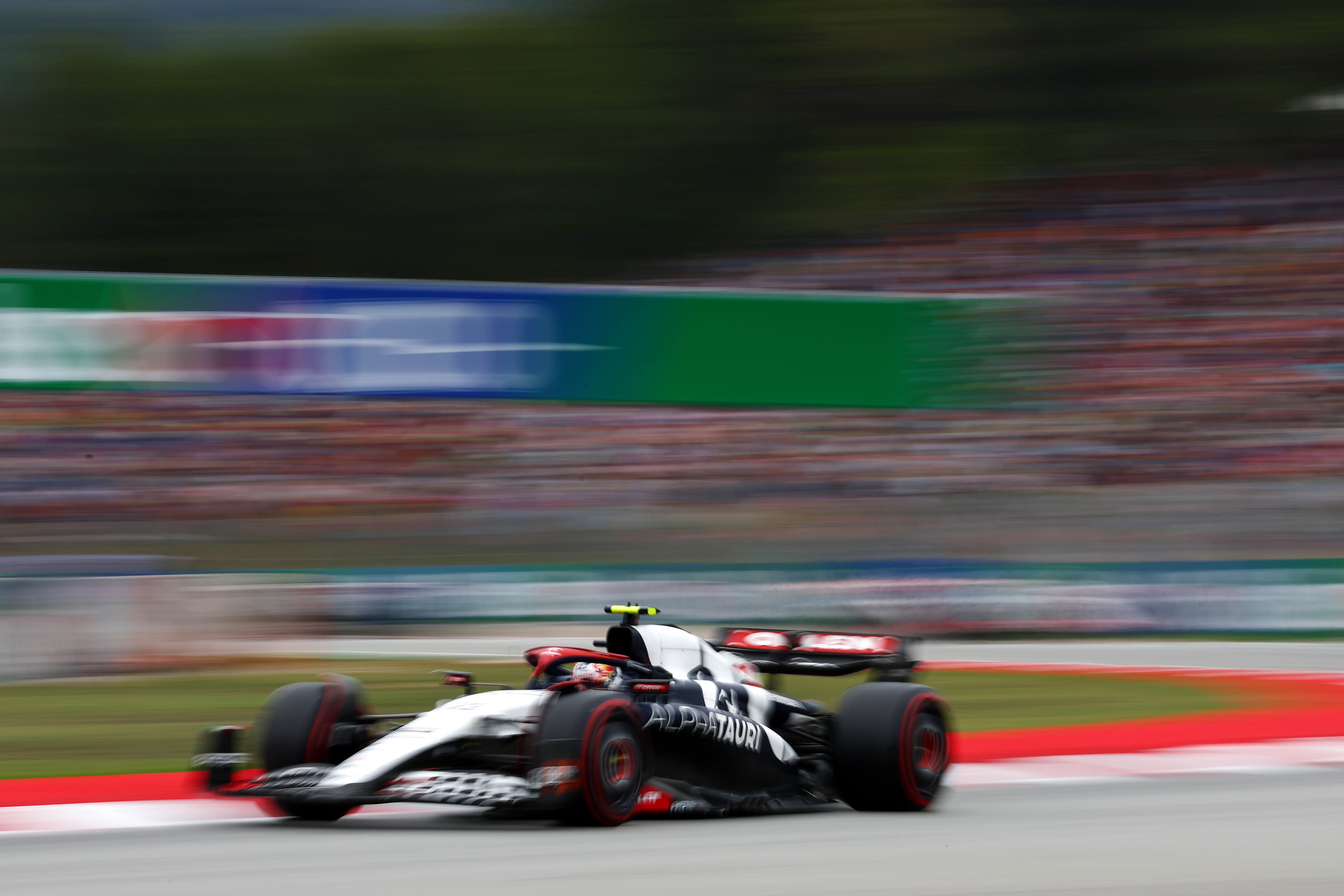
While he was frustrated with the penalty, it was fair by the letter of the overtaking guidelines. But the fact Tsunoda has finished 11th three times and 12th once shows it has been reasonably consistent considering the car pace.
Driver performance
Tsunoda has had comfortably his best F1 season so far, consistently qualifying and racing well – Spain misjudgement apart.
Rookie team-mate Nyck de Vries has been a disappointment, showing flashes of speed but without ever troubling the top 10 in qualifying or the race.
Upgrade plans
Improvements in low-speed corners, where the car suffers from entry-phase instability and then understeer, are the priority. Another floor upgrade should be the next step in tackling that.
Verdict
Needs another step if it’s to amount to more than a battle for last with Williams.






